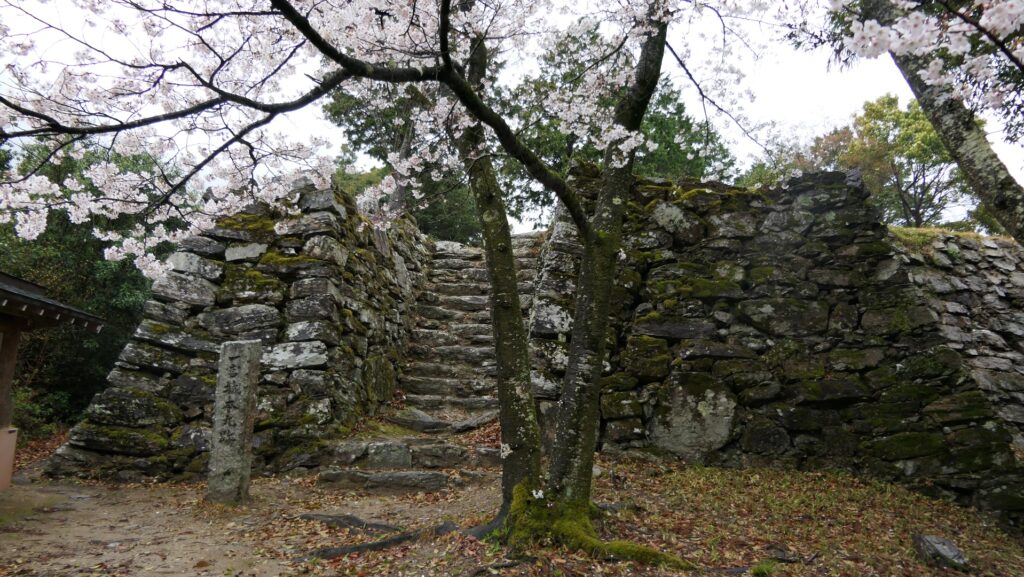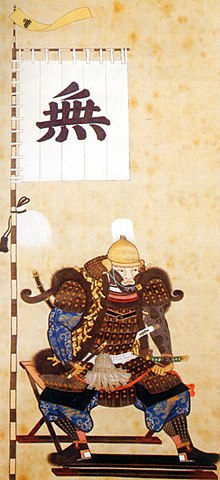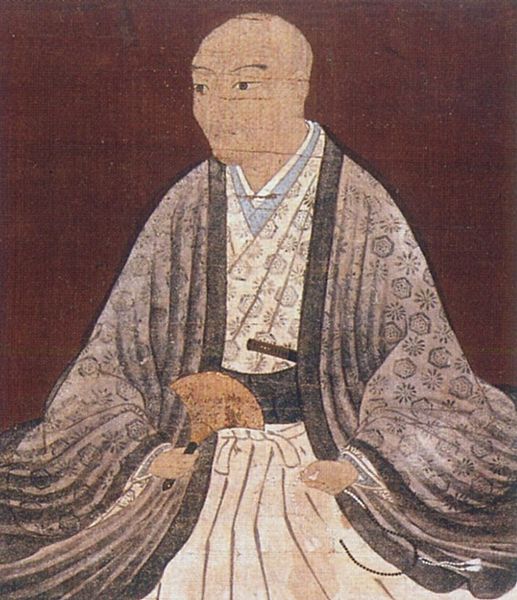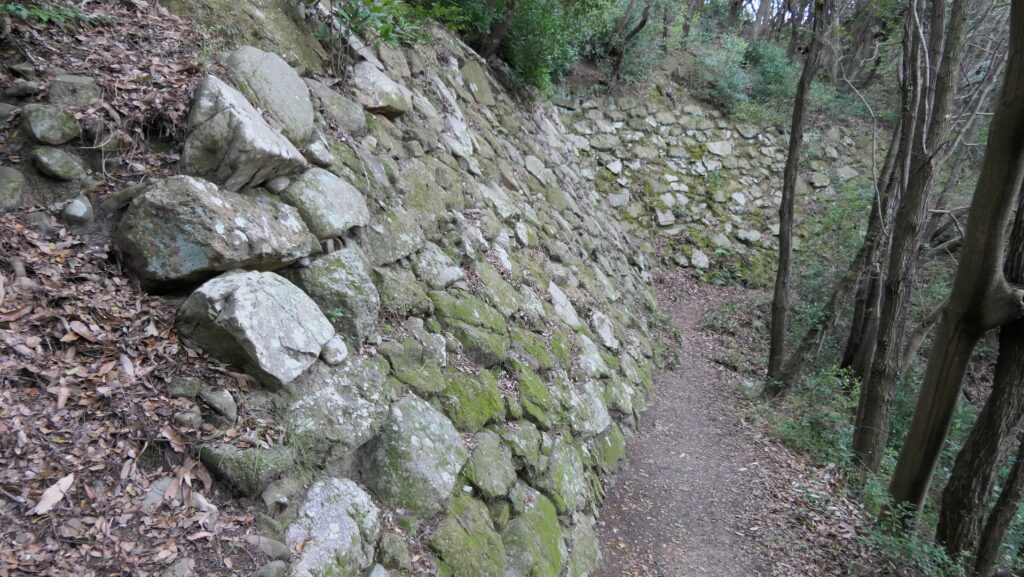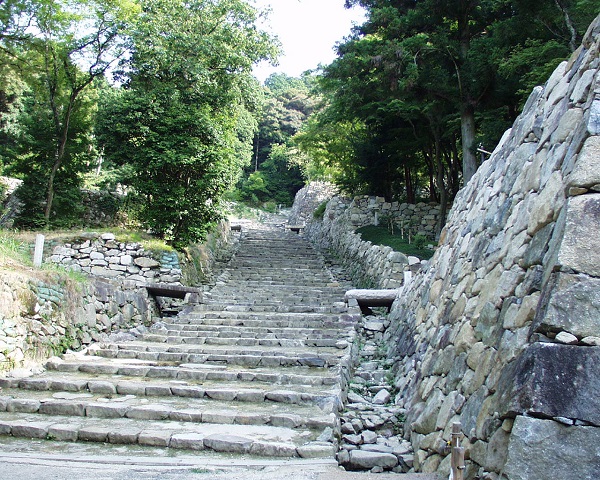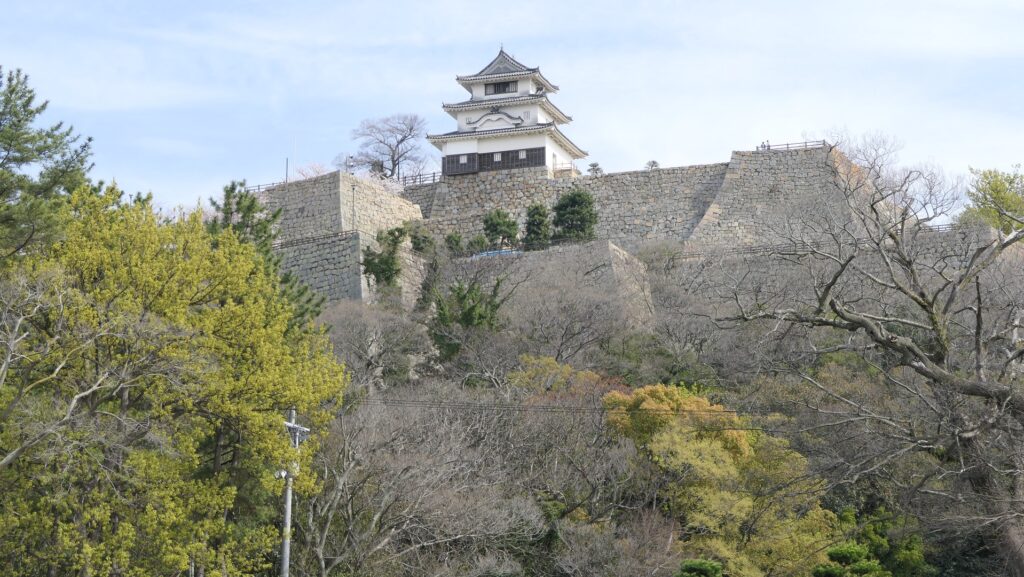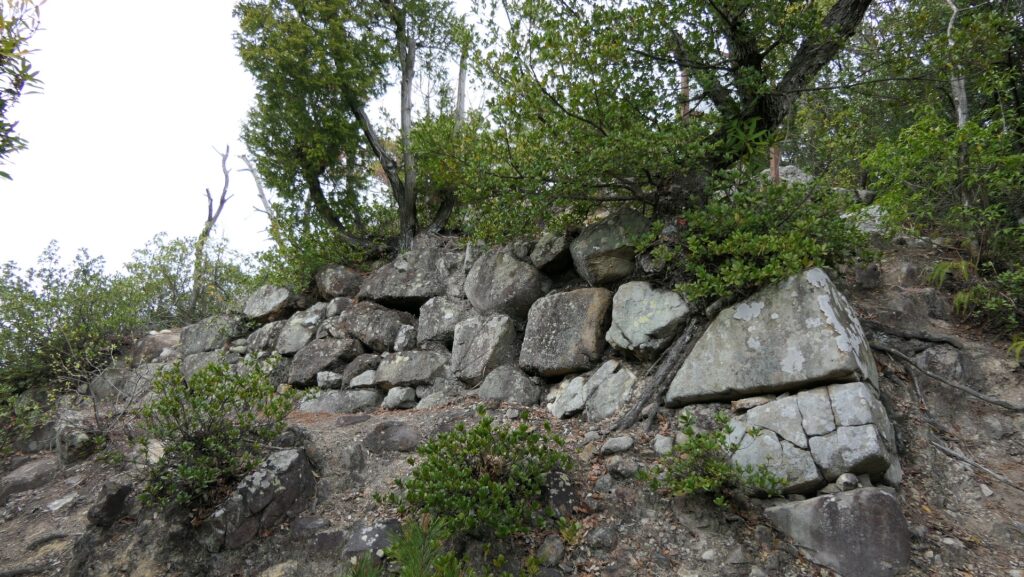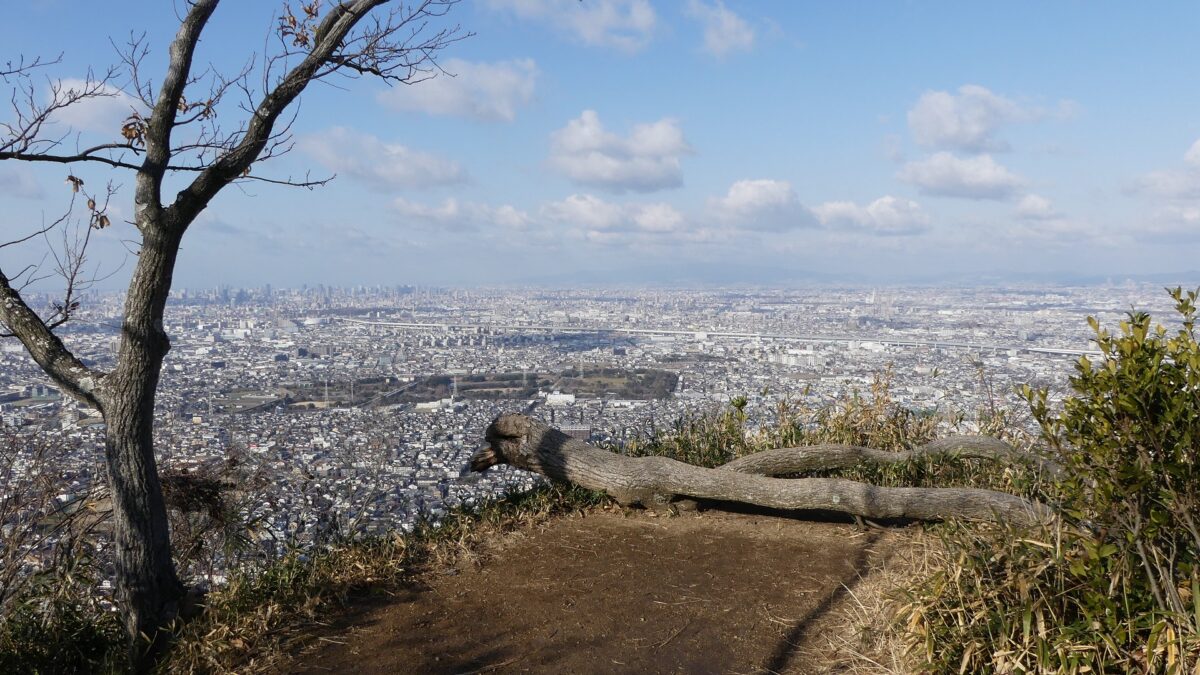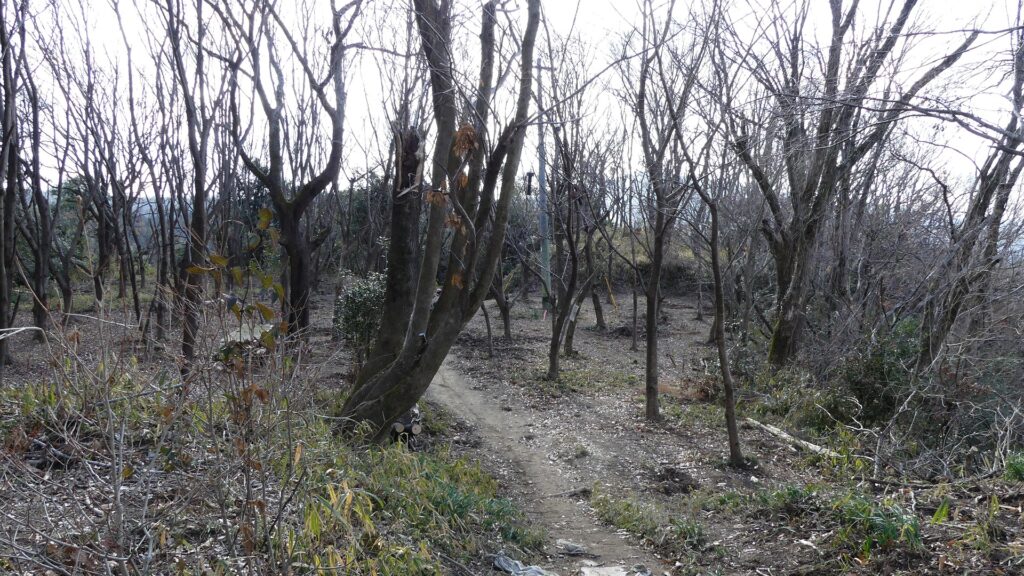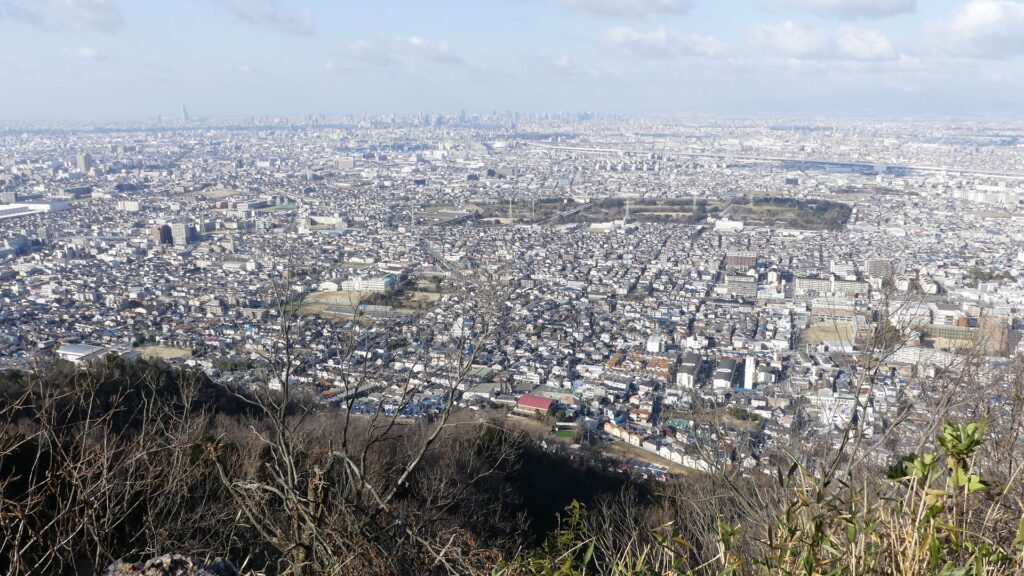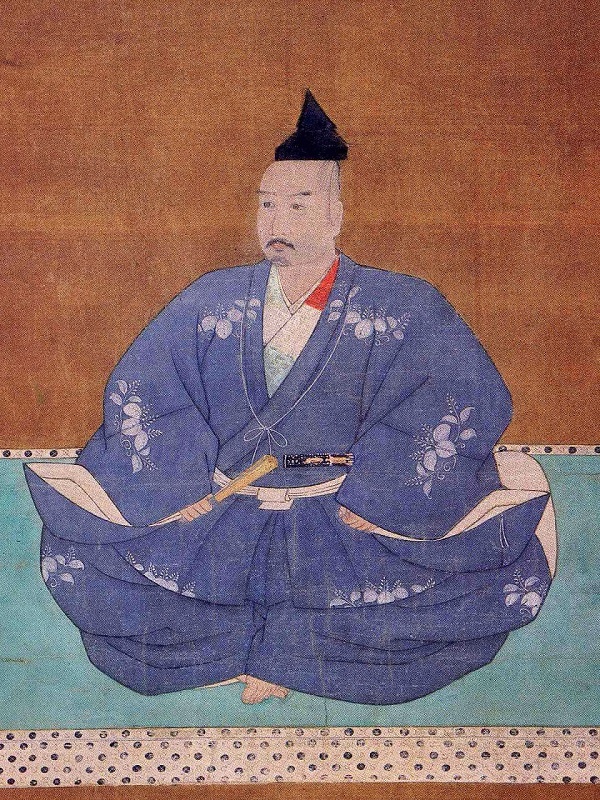Location and History
Castle starts as Governor’s Residence
Shozui Castle prospered between the mid 14th Century and the late 16th Century as the center of Awa Province on Shikoku Island (what is now Tokushima Prefecture). The castle was first launched as the official residence of the province’s governor by the Hosokawa Clan which was a senior vassal of the Ashikaga Shogunate. Awa Province was a fertile land near Kyoto which was the center of Japan. The castle was also located alongside Yoshino-gawa River, the largest river in Shikoku Island, so it was convenient for water transportation and trade. As a result, the castle became an important base for the clan.
The location of the castleCastle is developed as Miyoshi Clan’s Home Base
In the mid 16th Century, Nagayoshi Miyoshi, who was a retainer of the Hosokawa Clan, became the ruler instead of Hosokawa. He lived in Imori Castle near Kyoto to govern the center of Japan, while his little brother, Jikkyu Miyoshi lived in Shozui Castle. The Miyoshi Clan originally came from Awa Province. They also needed to work closely between Kyoto and Awa to keep their power like the Hosokawa Clan did. For example, Jikkyu took many soldiers from Awa to battle in Kinki Region, including Kyoto, when his big brother, Nagayoshi was in danger.

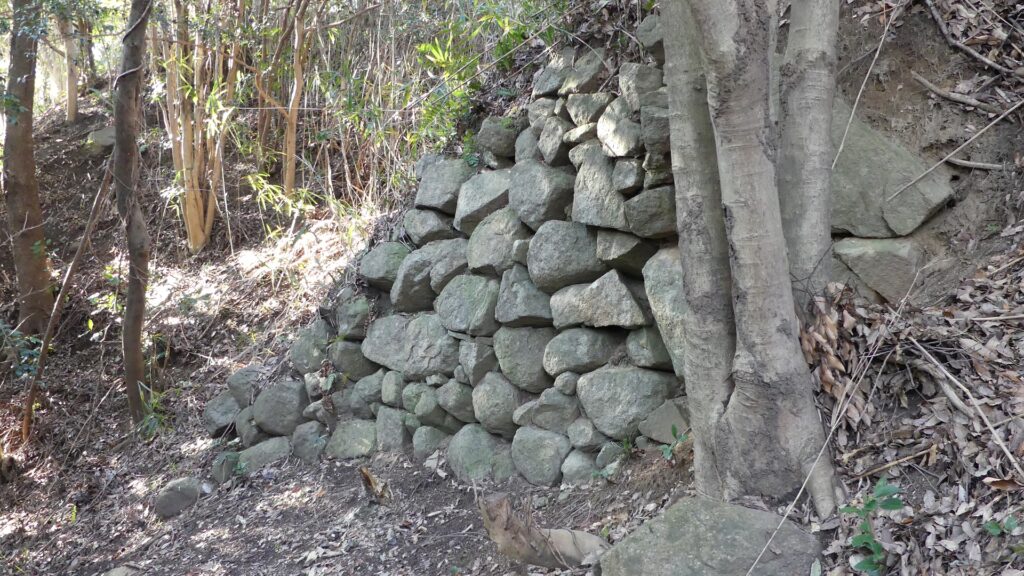
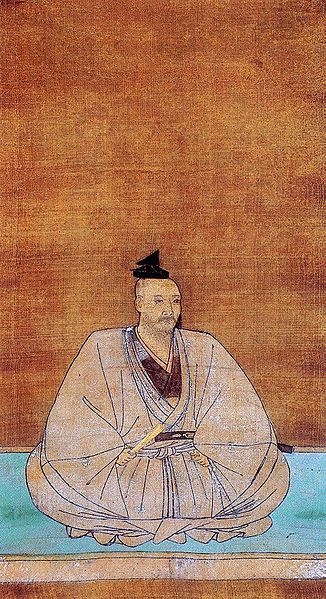
Jikkyu also developed Shozui Castle. The castle became larger, having several enclosures separated by the water moats, including the Main Hall and a Japanese rock garden. According to the excavation, valuable Chinese ceramic ware was traded and ceremonies like parties and cockfights were often held there. Though the castle was surrounded by rivers such as Yoshino-gawa River as natural hazards, the castle itself still didn’t have special structures like earthen walls for defense. It could be because the governance of Awa Province was quite stable and there was little need for defense. The water moats were thought to be used for flood control or a reservoir. By this time, the castle was likely called “Shozui Hall” because it probably didn’t have all the features of a castle.

Castle is captured by Chosogabe Clan
However, after Nagayoshi and Jikkyu died in the late 16th Century, the situation changed. Shozui Castle got into some internal troubles and battles as the power of the Miyoshi Clan decreased. In addition, Motochika Chosogabe, a great warlord in Tosa Province (what is now Kochi Prefecture) aimed to capture Awa Province. The Miyoshi Clan then asked the ruler, Nobunaga Oda who owned the center of Japan for help. Hideyoshi Hashiba, who was Nobunaga’s retainer and became a ruler following Nobunaga, sent a letter which says that Shozui should build up its defenses. The Miyoshi Clan extended Shozui Castle by adding the final part for a battle, which was surrounded by high earthen walls and a deep-water moat. With these additions, people can finally call the castle “Shozui Castle” in the end.
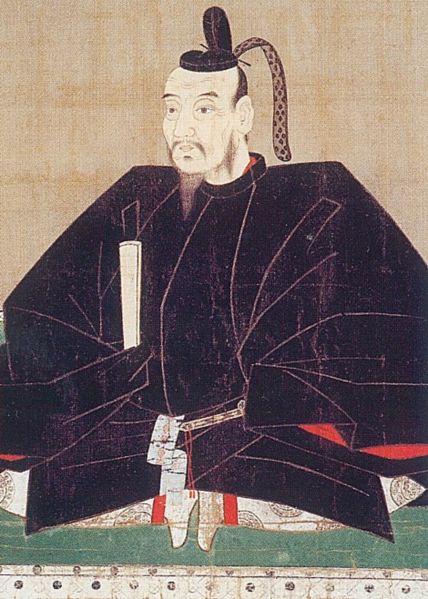

After Nobugana was suddenly killed in the Honnoji Incident in 1582, the Miyoshi Clan had to fight with the Chosogabe Clan by themselves. In the same year, the battle of Nakatomi-gawa River happened between the clans in the south of Shozui Castle. The Miyoshi Clan was unfortunately defeated and besieged in Shozui Castle for nearly a month. However, the Chozogabe Clan lastly captured Shozui Castle after the Miyoshi Clan withdrew from the castle. The castle was abandoned right away probably because it was not suitable for surviving battles. After that, mountain castles like Ichinomiya Castle became popular in Awa Province.
